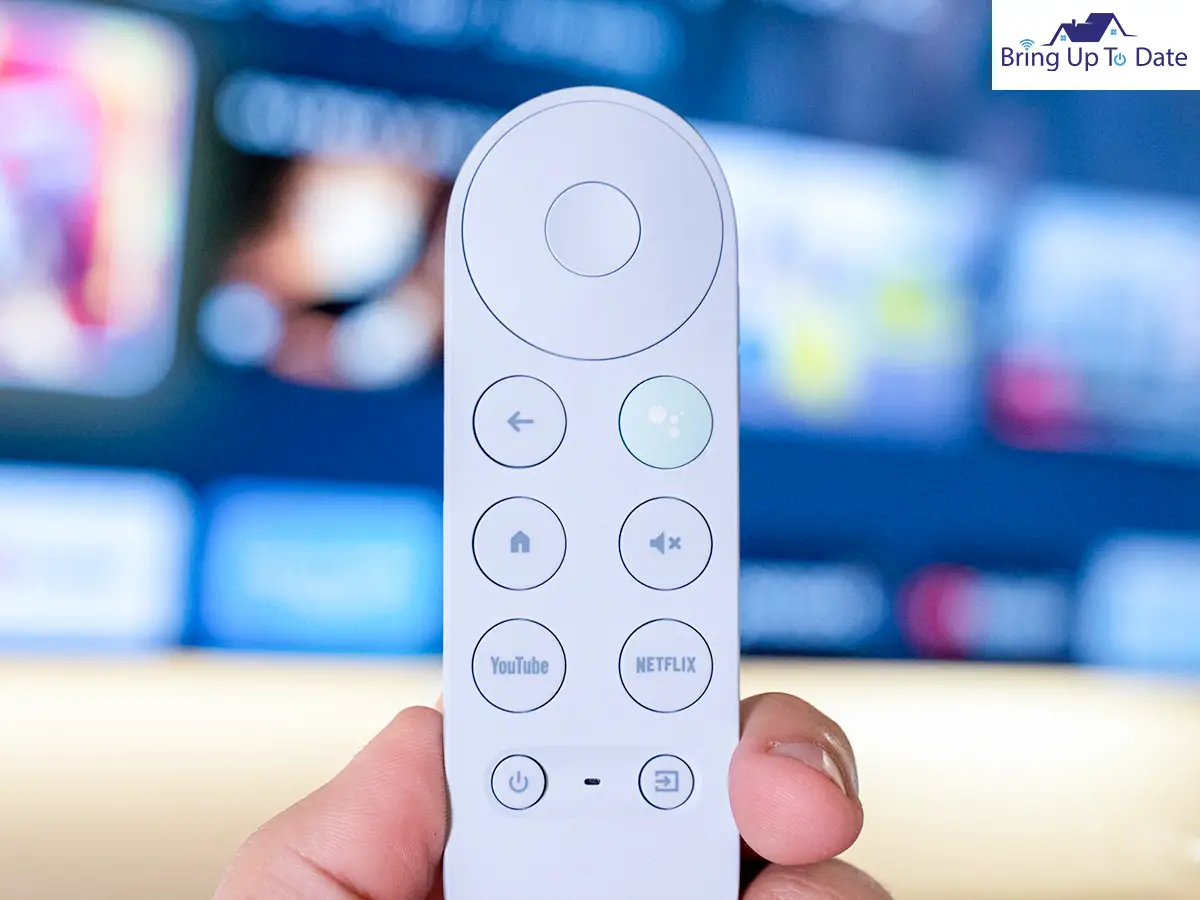
Do you have old memories in your mobile phone as videos and want to cherish them on TV but don’t know how to cast VLC to Chromecast? Then this article is just for you. In this article, I am going to cover how to stream VLC to TV.
Well, if you have gone through my past articles, you probably know that I have gone through the process of Chromecast multiple times. I wrote about How to Get Jacbox on TV, Cast Steam Games to Chromecast, and many more where I have discussed the process.
However, they provided some specific solutions, like playing games on the big screen, seeing shows, and all. In this article, you will find the solution to watching your mobile videos or other devices on TV by learning the ways of casting VLC to Chromecast.
VLC Media player or simply VLC player is a free, open-source, cross-platform portable media player software released in 2001 by the VideoLAN project. Its user-friendly interface makes it perhaps the most favorite media player of all time.
VLC stands for VideoLAN Client, which runs on desktop operating systems including mobile platforms like Android, iOS, iPad, etc. A VLC player is primarily used for playing Audio CDs, DVDs, and videos.
I went to my parent’s house one day, and I saw the video of a birthday party they recently visited. I asked them why they were not watching it on the big screen. And then I showed them how to cast VLC to Chromecast, after which they cherished their time wonderfully.
How to Cast VLC to Chromecast with Subtitles from Windows PC/ Mac
To stream your VLC player from your PC to your TV, you need to first check the version that you are using. To check the version open the VLC application and navigate to the Menu option. Then click on About and see whether the version you are running is 3 and above or not. If above, you are ready to cast VLC to TV from your PC or Mac.
Casting VLC to Chromecast from Windows 10
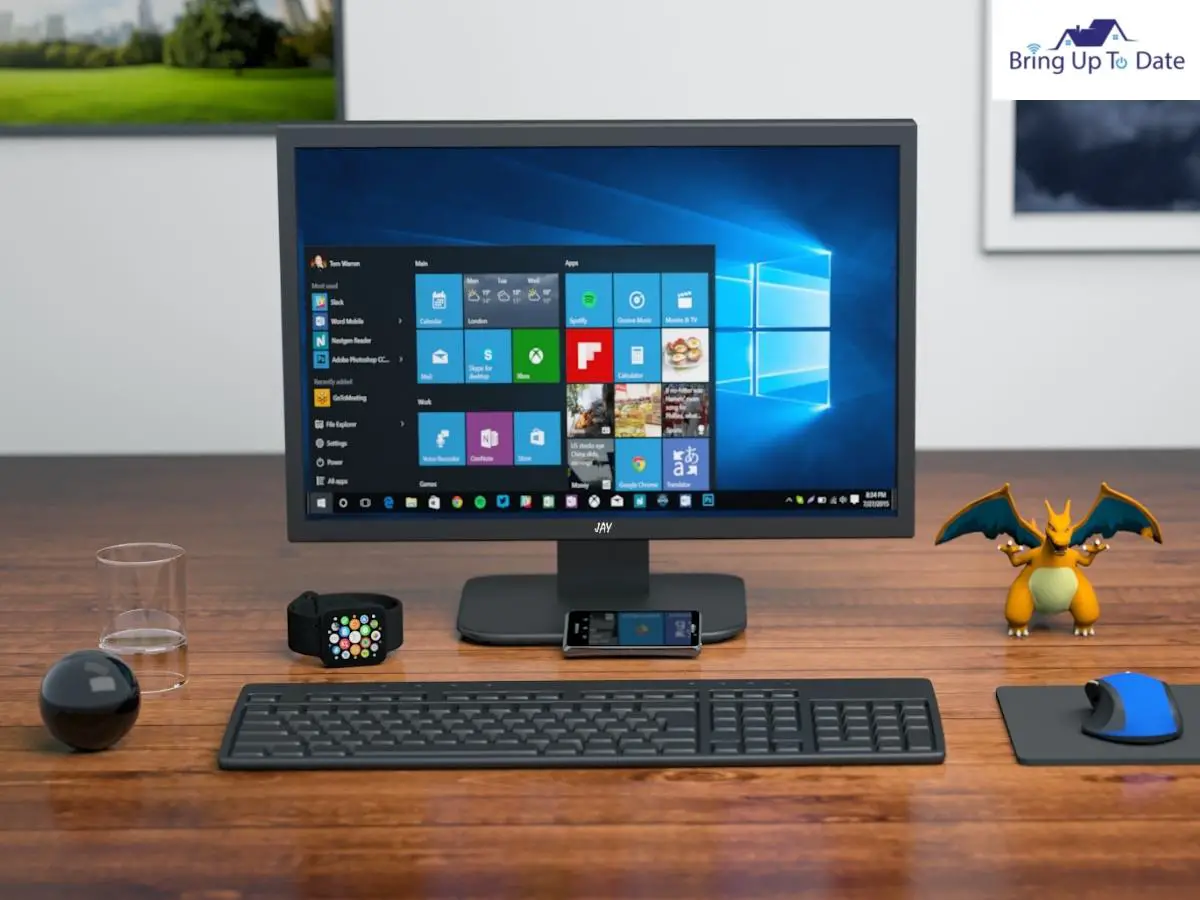
If you have a Windows 10 laptop in your home and want to cast VLC on TV, here’s how to do it:
Step I: First, open the VLC player app and click on the Playback section from the Main options menu situated at the top.
Step II: On clicking the Playback section, a dropdown menu will appear, from where you need to select Renderer.
Step III: Next, a pop-up window will appear alongside the Renderer option, which will ask you to select your Chromecast device. If you don’t see your Chromecast device, scan again, and the device will be found soon.

Step IV: Finally, after it is connected, open a video or song or any file to play in your VLC. If your computer prompts an Insecure site, select View Certificate and click on Accept Permanently.
Note: The last statement generally doesn’t happen, but if it does, don’t panic and apply the solution mentioned.
Also, note that to Chromecast VLC from Windows 10, on your TV, you need a strong WiFi network. If any problem extends, then try disconnecting your computer’s VPN if you’re using one. After that, you will be able to cast VLC to smart tv for sure.
Casting VLC to Chromecast from Mac
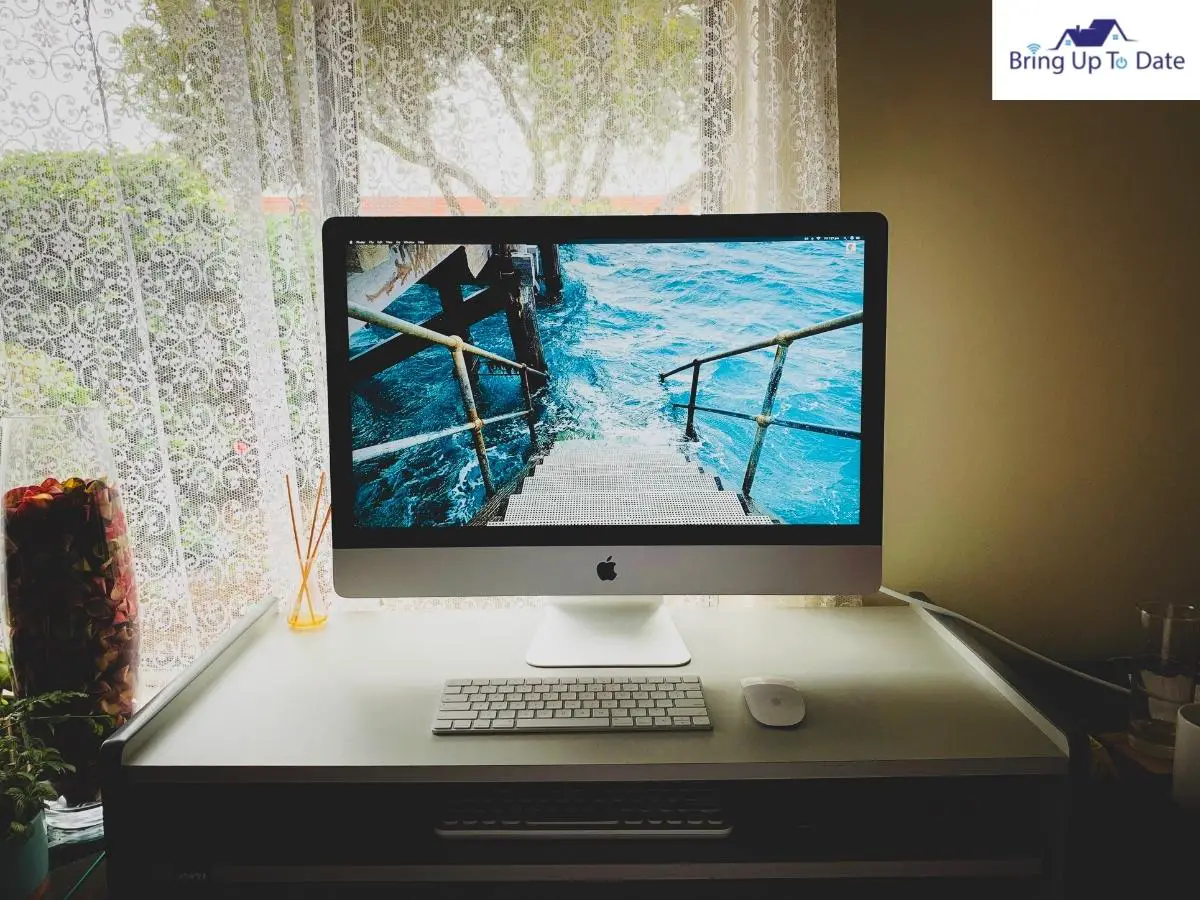
Casting VLC to Chromecast from Mac is more or less the same as other computers. Here’s how:
- Step I: First, navigate to the VLC Media player app, finding it in the Applications folder.
- Step II: Next, you need to click Playback from the Menu bar located at the top of the screen.
- Step III: Go to the Renderer section to select from the options for example Living Room TV in my parents’ case(Chromecast).
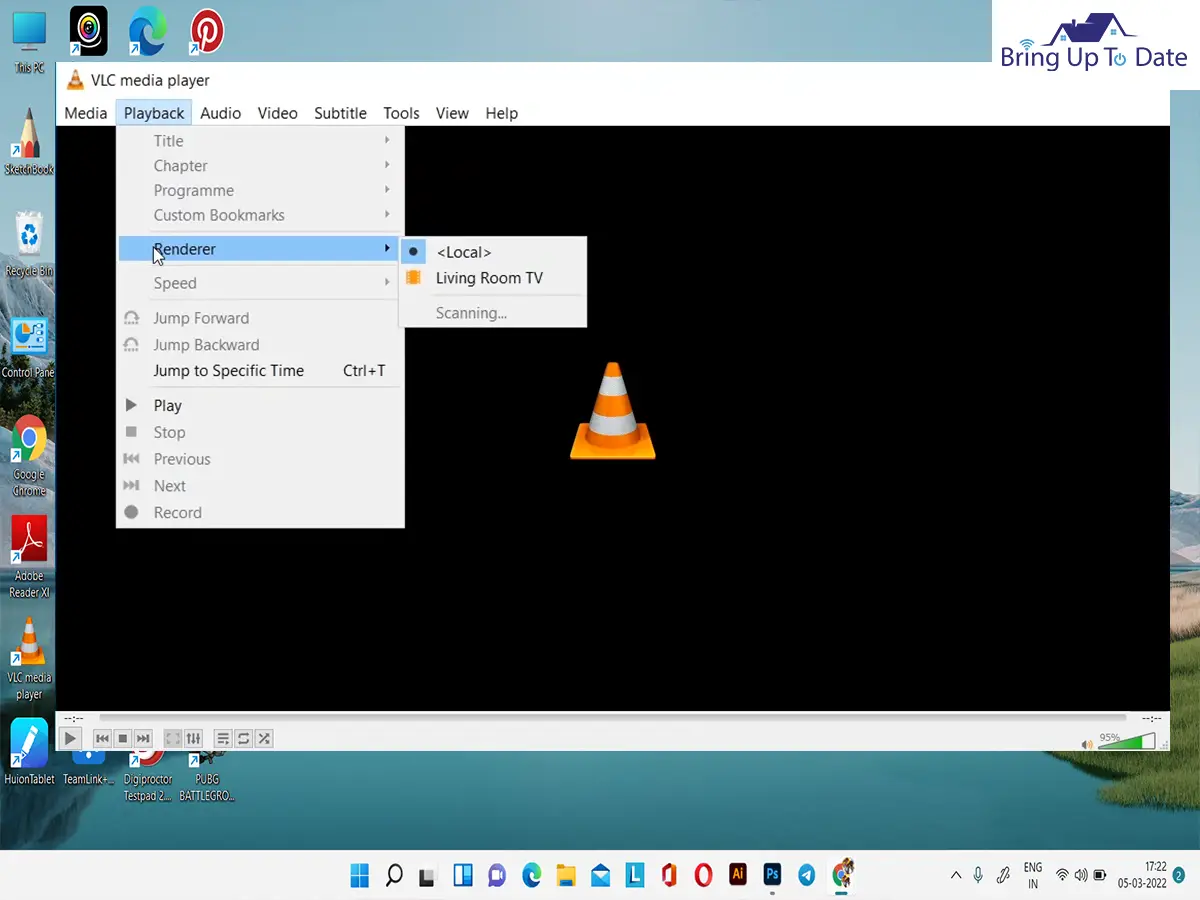
- Step IV: After that, your device will show the available TVs nearby ready for Chromecasting, and you need to select your TV to enjoy the videos on the big screen
How to Cast VLC to Chromecast from an Android Device
If you see videos on an android device, you need to apply the VLC android Chromecast process. Generally, a VLC media player present in an android device comes with Chromecast support; however, the option is unavailable sometimes.
If you find yourself in a situation where the VLC android no cast button is there, you will have two options left.
Either find an alternative video player in your Android device, which will easily be connected to Chromecast, or use your VLC player and execute the Chromecasting process that will lead you to draining your battery life.
If you wish to go for the VLC android Chromecast process, here’s how to do it:
Step I: First, install the Google Home App on your Android device from the play store.
Step II: Next, go to Settings on your Android device and select Cast. After a dropdown menu appears showcasing a list of available Chromecast devices, select your device where you want to cast VLC to smart TV.
Step III: Access a file from your VLC media player and open it for casting.
Step IV: Now open the Chromecast app, click on the Menu button, and tap Cast Screen/audio.
Step V: Next, your Chromecast device will display some instructions which you need to follow accordingly to execute chrome casting.
Step VI: Now, go back to your VLC player and to experience more enjoyment, apply the video on full screen, and you will be able to get your VLC stream to Chromecast.
Common Issues That You Might Face When Connecting VLC to Chromecast
Is your VLC Chromecast not working properly? One of the common issues that you might face when casting VLC to TV is not getting the subtitles. The Chromecast files played from the VLC player primarily don’t support the SRT subtitles.
This subtitles issue is a significant problem that I faced the first time I tried casting VLC to TV. Check out why these problems arise and how it can be fixed in the sections below.
VLC Chromecast Subtitles Not Showing?
There are specific reasons because of which subtitles are not shown when you cast VLC to Smart TV. Check out 4 significant causes behind the same in the points below.
- The process of Chromecasting doesn’t support all types of subtitles that get cast. The supported closed captions and subtitles for Chromecasting are – WebVTT – Web Video Text Tracks, TTML – Timed Text Markup Language, and CEA – 608/708.
- Another reason these subtitles are not casted is that the file played has empty or corrupted subtitles. The video you play from your VLC player will run smoothly, but the subtitles will not be shown if damaged.
- Another reason behind this issue where the subtitles aren’t casted, is the difference in the names of the files. If the name of your video file and the name of the subtitle file are not the same, or if the subtitle is given in ZIP format, they will not get cast.
ZIP is an archive file format that supports lossless data compression. However, casting VLC files via chrome casting doesn’t support the zip format.
- Another rare factor for which the subtitles may not be shown on your TV if Chromecast is the location of the files. If the video you want to cast and the subtitles aren’t in the same folder on your device, it will certainly not go as per the plan. Make sure that both the files are in the same folder before starting Chromecast.
Fixing the VLC to Chromecast Subtitles Problem

To eliminate the VLC Chromecast subtitles problem, you need to apply some easy steps. Check them beneath.
Step I: First, open the VLC media player on your device, and then tap on the Media button situated on the top menu bar.
Step II: Next, click on Stream from the menu bar, and a pop-up window will appear. Please select a file from it, which you want to play.
Step III: Click on the three-button logo situated on the right side of your screen. Access edit, create, and delete a profile.
Step IV: Next, select a format that will fit Chromecasting and tweak subtitles.
After applying these steps mentioned above, your device will prompt you a warning stating that this is an Insecure Site. To run the Chromecast smoothly, you need to go to View Certificate and then see the security certificate of Chromecast.
Click on Accept Permanently, and now you will be able to get a VLC cast with subtitles. Also, make sure that your file is in the correct format supported by Chromecast.
VLC Chromecast Black Screen Problem
Apart from not having subtitles, another major issue users face while chrome casting VLC files to TV is the black screen. It means that you have completed the necessary steps, but nothing is being displayed on the TV. This means that you will get a VLC Chromecast black screen with audio in the background.
If several minutes have passed and the VLC Chromecast black screen problem hasn’t gone yet, here’s how to fix it:
Step I: Navigate to your VLC media player on your device, go to Tools, and select Preferences.
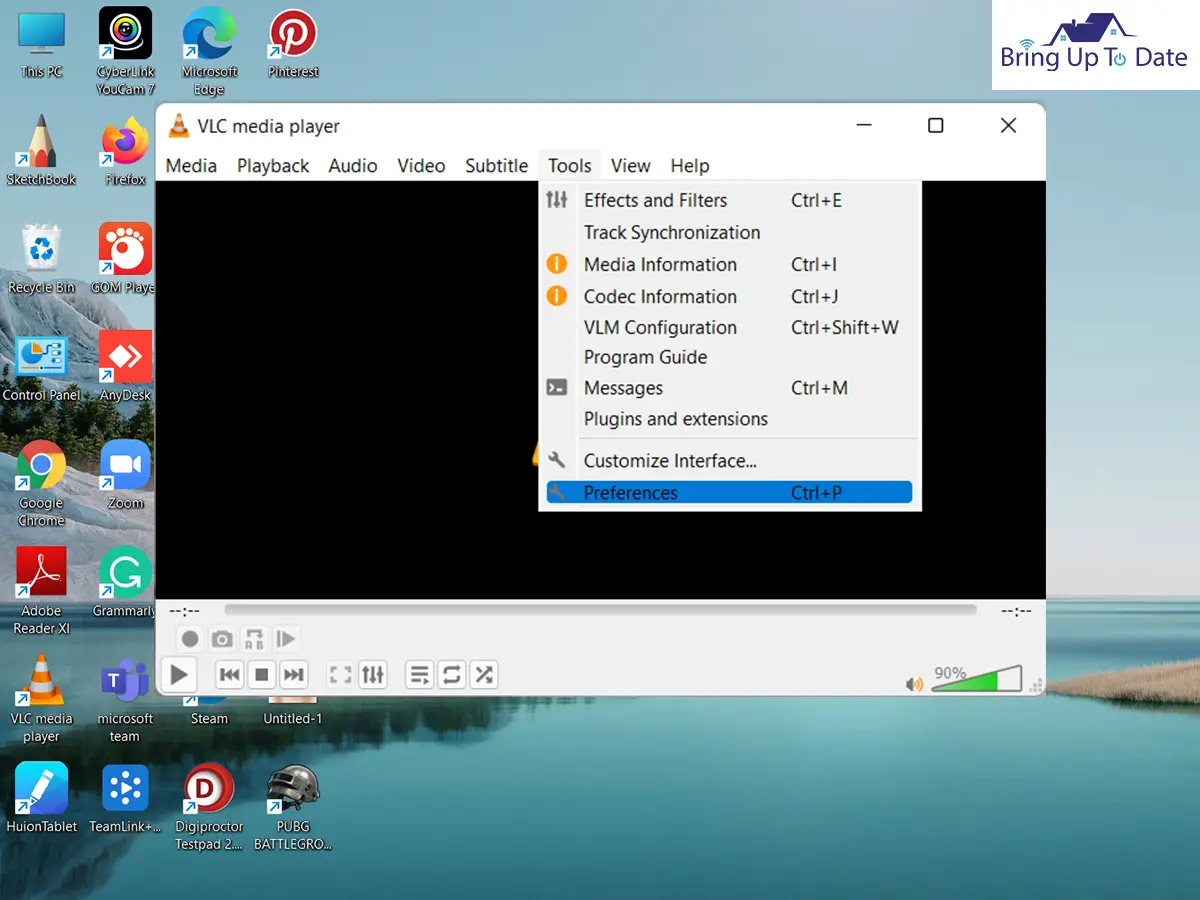
Step II: Next, a new window will appear, from where you need to click on the Video tab option.
Step III: Now go to the Output dropdown menu section, and click on it. From there, you need to select OpenGL video output.
Step IV: Select the Codecs tab or Input.
Step V: Navigate to the dropdown menu of Hardware-accelerated decoding and select Disable and Save it.
Step VI: Lastly, log out from the VLC player and log in again to properly get the VLC stream to Chromecast.
VLC Renderer Chromecast Not Working Properly?
Another problem you might face while VLC chrome casting is that the Renderer is not working properly. After you launch VLC in your device and for chrome casting, when you go to Playback and then Renderer, the Chromecast devices do not show up sometimes.
Here’s how to fix it:
- Ensure that your device where VLC media player is running and your Chromecast device is connected to the same WiFi network.
- You will find the Tools section on the top menu of the VLC player, click on Preferences, and then tap on Reset Preferences located at the bottom left corner.
- Reboot your VLC, after which you will be able to cast your videos.
Note: If the above steps don’t work for you, try scanning the VLC that you will find under the Renderer section. If the scanning is stuck in between, you need to consult a technician.
FAQs
Q1. Why is VLC not casting to Chromecast?
Answer – VLC Chromecasting may not work properly due to several reasons. Your network configuration might be a significant factor here, so make sure it is okay or consider changing it. Also, go through your Chromecast settings in VLC if things are set correctly or not.
Q2. How do I connect Windows Media Player to Chromecast?
Answer – Connecting the windows media player to Chromecast is easy.
- Connect your device from where you want to start Google Chromecasting with your TV via an HDMI port.
- Also, make sure to connect your device and your TV to the same WiFi network.
- Open your device, navigate to chrome, tap on Menu, and click on Cast. Your device will show a list of available devices for Chromecasting, from where you need to select the device name of your TV.
Final Words
That is all for today, guys. I have tried to cover all the devices from where you might want to cast VLC to TV. I have also covered some of the common problems that you might come across when casting VLC to Chromecast.
Do let me know in case you get stuck somewhere in the comments section below and I will be happy to answer it.

As an engineering graduate (and a full-time layabout), I am always looking for smart technological innovations to make my life simpler and more automated so that I can be even lazier than usual.

1 thought on “Cherish Your Videos on the Big Screen by Learning How to Cast VLC to Chromecast”